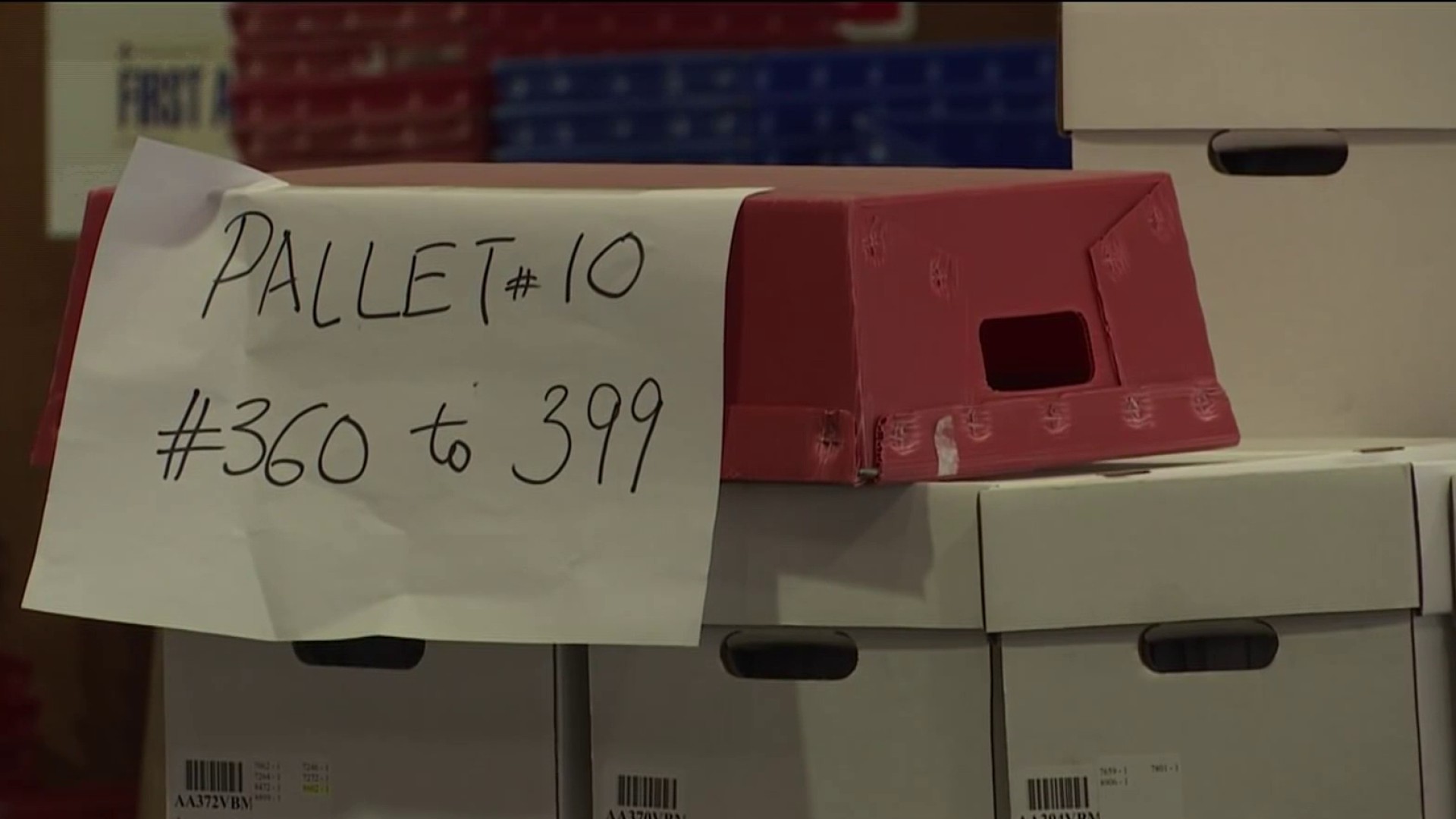About 200 people gathered Monday night to listen to a panel of state, local and federal officials and a representative of the Chevron Richmond refinery discuss why a five-foot section of a 200-foot fuel pipeline became corroded and breached on Aug. 6 causing a devastating fire and pollution leakage that sickened 15,000 people.
"It's not an accident. It's a disaster," said Frank Cambra, a former design and study contractor for Chevron at the Richmond refinery, one of a dozen speakers who lined up to vent before the panel. "It's a pattern by Chevron to put profit motive over public safety."
Cambra said in an interview that Chevron may have used the wrong material in its blended steel pipe, which was unable to sustain hydrogen sulfide that contaminates so-called sour crude oil the company sent through the Richmond pipeline.
Chevron should be using sweet crude, which is freer of contaminates than sour crude and causes far less corrosion in metal pipes, he said.
Chevron spokeswoman Heather Kulp said the root cause of the pipe leak was high temperature sulfidation corrosion from the fuel moving within the five-foot segment of the refinery's eight-inch round 200-foot long carbon steel pipe.
That segment of the steel pipe failed due to low silicone content inside, she said. The problem is that sulfidation of the pipe may occur even when a pipe is being monitored, she added.
Chevron did monitor 19 different parts of the pipe, starting in November 2011. However, Kulp admitted that Chevron's inspection had missed the five-foot section where the breach happened.
Local
"It doesn't appear that this was effectively recognized or understood," Kulp said.



